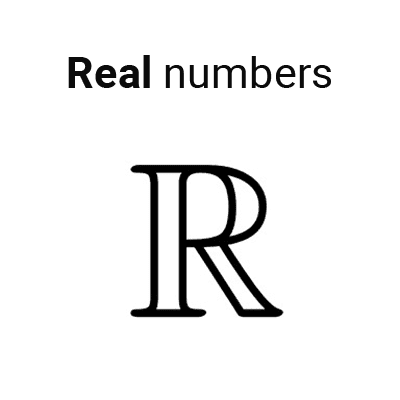
Rational numbers
In this article we explain the set of rational numbers from its concept, definition, properties, operations, forms of writing, among other things.
Table of Contents
What are rational numbers?
Rational numbers are those numbers that can be expressed as a quotient (division) of two integers. In other words, rational numbers are fractions a/b where a and b are integers and b is not zero.
An important characteristic of rational numbers is that their decimal expression is finite or infinite and periodic, which means that there is a group of digits that repeat. All natural and integer numbers are also rational numbers.
What are rational numbers used for?
Natural numbers and integers are insufficient to represent relationships between a part and the whole. For example, if we divide a bar into three equal parts, there is no integer that represents one of those parts. Mathematically, equations of the form *3x=1* cannot be solved with integers.
Due to these limitations, the concept of fractions arises, which are expressions of the form *\dfrac{a}{b},* where *a* and *b* are integers and *b* is not zero. The number *a* is called the numerator, representing the quantity of equal parts taken from a whole. The number *b* is called the denominator, representing the quantity of equal parts into which a whole is divided.
These new numbers allow us to express the relationships between a part and a whole. For example:
- If a chocolate bar is divided into three equal parts, each represents 1/3 of the total.
- If there are 10 candies to be shared among 5 people, each will receive 10/5 of the total, which equals to 10:5=2 candies per person.
- A day has 24 hours, so 18 hours represent 3/4 of the day. The day has been divided into 4 parts of 6 hours each.
- The equation *3x=1* has the solution *x=\dfrac{1}{3},* because *3\cdot \dfrac{1}{3}=1.*
Set of rational numbers
The set of all fractions is called the set of rational numbers and is symbolized by the letter Q:
*\mathbb{Q}=\left\{\dfrac{a}{b}\hspace{1mm}\text{such that a, b are integers and b is not 0}\right\}*
Every integer is a fraction with denominator 1. For example: *3=3/1,-4=-4/1, 0=0/1.* Therefore, all integers are also rational numbers. Additionally, all rational numbers are real numbers.
Other examples of rational numbers are: *\dfrac{5}{8},-\dfrac{100}{5},\dfrac{40}{97},-\dfrac{1}{7}, \dfrac{2}{5}, -\dfrac{20}{14}.*
Properties of Rational Numbers
The set Q has the following properties and characteristics:
- It is infinite: there is an unlimited amount of rational numbers. New fractions can always be generated.
- It has no first or last element: there is no rational number that is smaller or larger than all others.
- It is a dense set: between any two rational numbers, there are infinitely many other rational numbers. This also implies that, unlike integers, there are no successors and predecessors.
- It is not a continuous or complete set: rational numbers do not cover the entire number line, there are "gaps" or "empty spaces" on this line that are not occupied by rational numbers. These gaps are filled by irrational numbers, such as *\sqrt{2}* or *\pi,* which cannot be represented as fractions.
- It is an ordered set: rational numbers are totally ordered, meaning we can always determine whether one fraction is greater than, less than, or equal to another. In particular, given two fractions *\dfrac{a}{b}* and *\dfrac{c}{d},* it holds that *\dfrac{a}{b}<\dfrac{c}{d}* if and only if *ad<bc.*
- Decimal representation: every rational number can be expressed as an exact decimal or a repeating decimal.
Decimal representation
As we mentioned, every rational number can be expressed in decimal form. To achieve this, the numerator is divided by the denominator. For example *\dfrac{3}{10}=0.3;~\dfrac{9}{4}=2.25.* These numbers, which have a finite number of decimal digits, are called exact decimals or terminating decimals.
There are other rationals whose decimal representation is not exact but repetitive, having infinite decimal digits, and they are called repeating or recurring decimals. For example, *\dfrac{1}{3}* is represented as *0.3333...,* with the digit 3 repeating, and *\dfrac{47}{11}* can be represented as *4.2727272...,* where the digits 2 and 7 repeat in that same order. The digit or group of digits that repeat is called the period.
Within repeating decimals, we find two groups:
- The purely repeating decimals: those in which the period begins immediately after the decimal point. Example: *1.3333333…*
- The mixed repeating decimals: those that have some digits after the decimal point that do not repeat and constitute the so-called antiperiod. Example: *1.06666…* (the 0 is not part of the period).
A more compact way to write repeating decimals without resorting to ellipses is to place a bar over the digits that repeat. For example:
*\dfrac{1}{3}=0.3333...=0.\overline{3}*
*\dfrac{2}{3}=0.6666...=0.\overline{6}*
*\dfrac{16}{15}=1.06666...=1.0\overline{6}*
We can then define four types of rational numbers: integers (those with a denominator of 1), exact decimals, purely recurring decimals, and mixed recurring decimals.
Representation on the number line
Rational numbers can be located on the number line.
Operations with rational numbers
The basic and fundamental operations among rational numbers are addition, subtraction, multiplication, and division. We will define each of them.
Addition and subtraction: *\dfrac{a}{b}±\dfrac{c}{d}=\dfrac{ad±bc}{bd}*
Multiplication: *\dfrac{a}{b}\cdot\dfrac{c}{d}=\dfrac{ac}{bd}*
Division: *\dfrac{a}{b}:\dfrac{c}{d}=\dfrac{ad}{bc}*
You can see more detailed explanations and examples of each operation in this article:
Properties of the operations
We will briefly state the properties of the operations with rational numbers.
1) Closure property: when performing an operation between two rational numbers, the result is also a rational number. It is important to note that division by zero is not allowed.
2) Commutative property: the order of the numbers does not affect the result. It holds for addition and multiplication.
*\dfrac{a}{b}+\dfrac{c}{d}=\dfrac{c}{d}+\dfrac{a}{b}*
*\dfrac{a}{b}\cdot \dfrac{c}{d}=\dfrac{c}{d}\cdot \dfrac{a}{b}*
3) Associative property: the grouping of numbers does not affect the result. It holds for addition and multiplication.
*\dfrac{a}{b}+\left(\dfrac{c}{d}+\dfrac{e}{f}\right)=\left(\dfrac{a}{b}+\dfrac{c}{d}\right)+\dfrac{e}{f}*
*\dfrac{a}{b}\cdot \left(\dfrac{c}{d}\cdot\dfrac{e}{f}\right)=\left(\dfrac{a}{b}\cdot \dfrac{c}{d}\right)\cdot \dfrac{e}{f}*
4) Distributive property: multiplication distributes over addition.
*\dfrac{a}{b}\cdot \left(\dfrac{c}{d}+\dfrac{e}{f}\right)=\dfrac{a}{b}\cdot \dfrac{c}{d}+\dfrac{a}{b}\cdot \dfrac{e}{f}*
5) Identity element: there is a neutral element for addition and multiplication in rational numbers.
- For addition, the identity element is *\dfrac{0}{1},* as *\dfrac{a}{b}+\dfrac{0}{1}=\dfrac{a}{b}.*
- For multiplication, the identity element is *\dfrac{1}{1},* since *\dfrac{a}{b}\cdot \dfrac{1}{1}=\dfrac{a}{b}.*
6) Symmetric elements: there are symmetric elements for addition and multiplication.
- For addition, the symmetric of a fraction *\dfrac{a}{b}* is *-\dfrac{a}{b},* because *\dfrac{a}{b}+\left(-\dfrac{a}{b}\right)=0*
- For multiplication, the symmetric of a fraction *\dfrac{a}{b}* is *\dfrac{b}{a},* because *\dfrac{a}{b}\cdot \dfrac{b}{a}=1*
Limitations of rational numbers
The limitation of rational numbers is related to the fact that they are unable to fill all the spaces on the number line. Indeed, there are numbers that cannot be expressed as fractions; these are called irrational numbers. Some examples of this limitation are:
- The hypotenuse of a right triangle with side lengths of 1 cannot be expressed as a rational number. Applying the Pythagorean Theorem leads to the hypotenuse having a length of *\sqrt{2},* which is not a rational number.
- There is no rational number that solves the equation *x^2=3,* as one of the solutions is *\sqrt{3},* which is not a rational number.
- The ratio of the circumference to the diameter of a circle is not a rational number. This number is *\pi,* a well-known irrational number.
To overcome these limitations, a broader set of numbers is introduced: the set of real numbers. This set includes both numbers that can be expressed as fractions (rationals) and those that cannot (irrationals).
FAQs
What is a rational number?
A rational number is any number that can be expressed as the quotient of two integers, where the denominator is not zero. For example: 1/2, 3/4, -5/3, 27/7.
What is the difference between a rational number and an integer?
The main difference between a rational number and an integer is that integers are a set that includes natural numbers and their opposites, while rational numbers are a broader set that includes all integers and also fractions.
How can a rational number be identified?
A number can be identified as rational if it can be expressed as the quotient of two integers.
How are rational numbers represented in decimal form?
Rational numbers can be represented in decimal form by dividing the numerator by the denominator. If the division terminates, the decimal form is finite; otherwise, it is infinite and repeating.
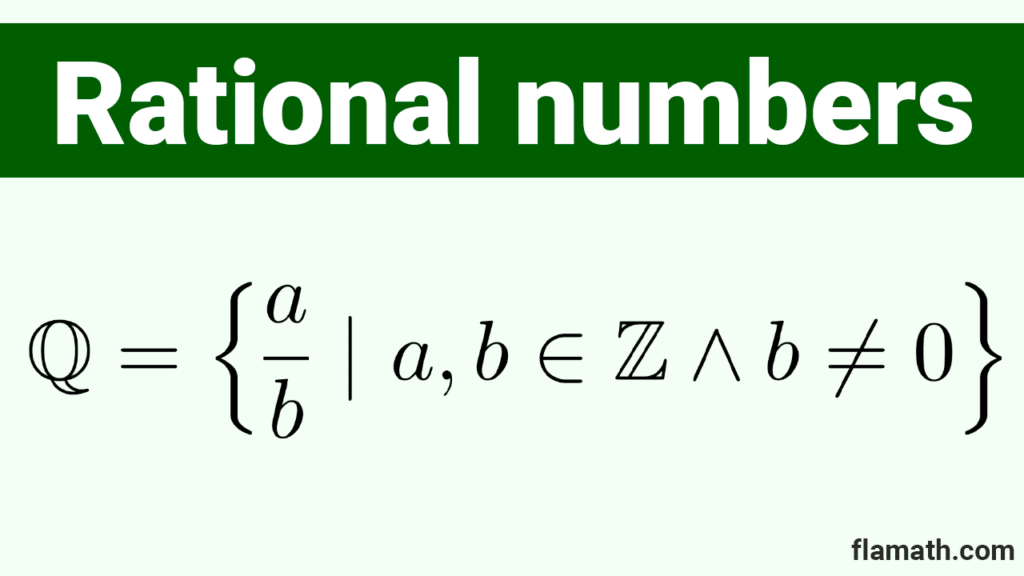

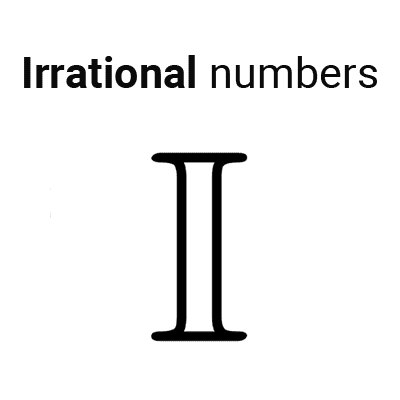
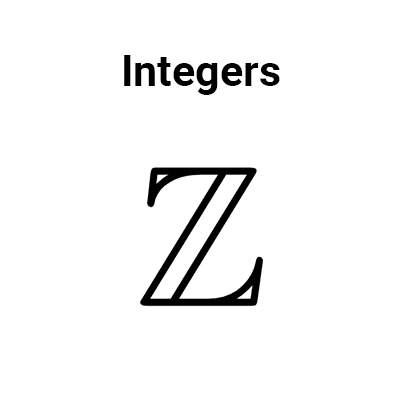
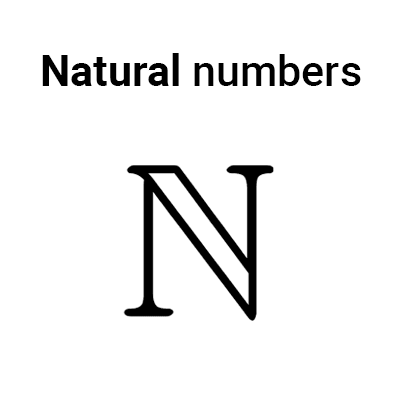
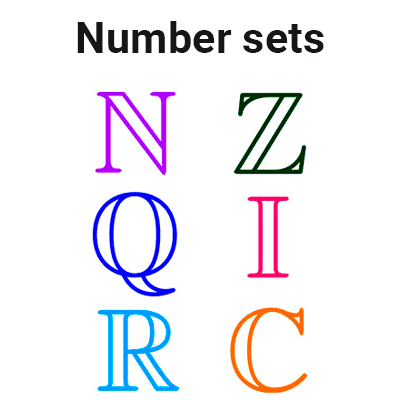
Other articles that may interest you